What is Inorganic fibre? Glass, Basalt, Carbon, Ceramic and Asbestos fibre
Last updated on September 21st, 2023 at 10:29 am
Definition
Inorganic fibres are becoming more and more important day by day. The fibres which are produced from materials that are present in the Earth’s crust (or can easily be made from naturally occurring materials there) and that are inorganic rather than polymeric. Examples that are currently being used or considered as sources of fibre include glass, metals, carbon, asbestos and ceramics.
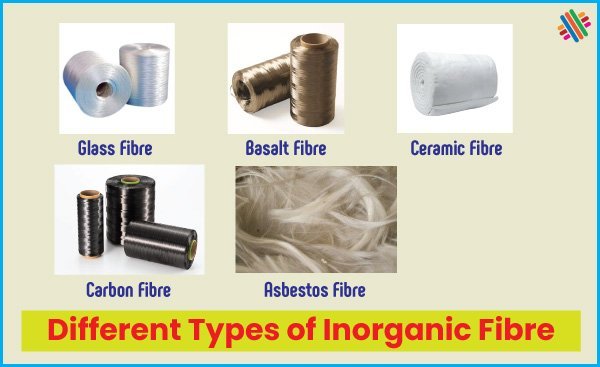
Glass fibre
Glass, existing in a wide range of types for various end uses, is usually made by melting silica (the material of which sand is constituted) at very high temperatures and by adding the necessary materials (oxides of various metals, etc., that impart the desired characteristics to the glass) before extruding the molten glass through a spinneret. High temperatures always incur larger energy costs. The extraction of the metal oxides from the ores in which they are present in the ground (plus their purification) is a matter for concern regarding the use of energy, the need for heavy extraction or refining equipment and the production of large quantities of pollution.
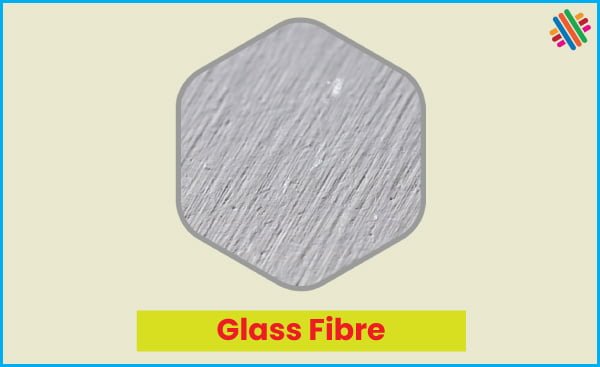
Basalt Fibre
Basalt fibres made from rock solidified from volcanic lava are suggested by one author as an alternative to glass. Until recently, they were used solely in the form of basalt ‘wool’ for thermal insulation purposes, but the article describes new technology for making them into filaments. In comparison with glass, they are more stable to strong alkali, but less resistant to strong acids and can be used in the temperature range of 200 to 800o C. The filaments produced are apparently even enough to be used in normal textile structures. One suggested application is as sewing threads for fabrics exposed to high temperatures or adverse chemical environments. Thus, the ecological expense of producing these fibres, stemming mainly from the high temperatures needed in their production, is partly offset by their ability to resist heat, imparting a more extended existence in thermally degrading situations.
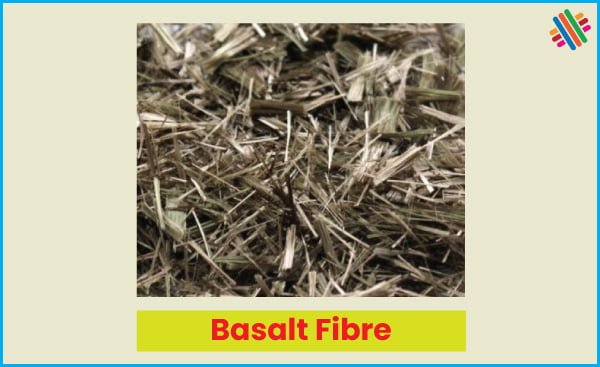
Carbon Fibre
The use of carbon fbres has only become widespread over the past couple of decades or so, but their growth has been rapid since their inception. Gurudett traces the development of a type of recently produced, activated carbon fibres, summarizing their advantages over earlier ones and lists applications that depend in many instances on an improved adsorptive ability. Again the complex series of processes and the inert atmospheres needed for carbon fibre production tend to make them expensive from the environmental standpoint.
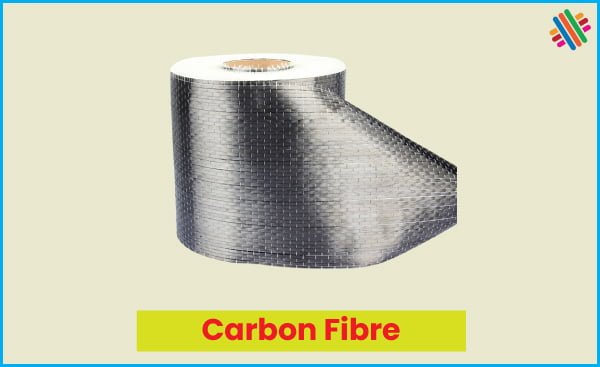
Ceramic Fibre
Ceramics are the latest in a series of new materials earmarked for use as fibres. Many of them are oxides, with the same properties and drawbacks, but they usually have a very melting temperature, which increases the difficulty of manufacture and hence the ecological impact. Others are chemically more complex, requiring difficult techniques of manufacture that are again unlikely to improve the earth’s changes of recovery from their impact if production becomes as commonplace as is generally predicted by their proponents.
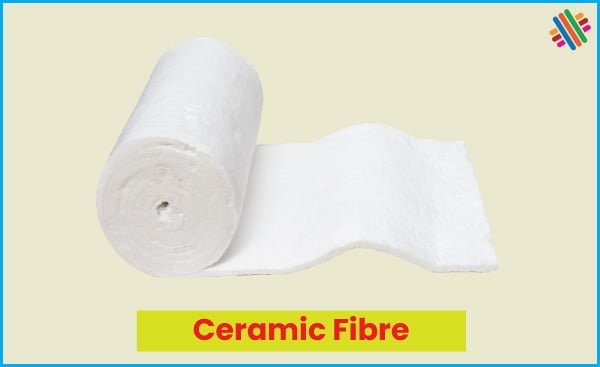
A typical modern ceramic is silicon carbide, produced in one case by melt spinning of chlorine-containing polysilanes under an argon atmosphere, followed by cross-linking with ammonia as a curing agent, then subjecting this precursor to pyrolysis. This produces a Si-N-C system, with properties which the authors compare with those of the simpler Si-C fibre system. A second method of production involves infiltrating liquid silicon into carbonized wood at 800 to 1800o C. At 1600o C, rapid liquid infiltration occurs and the resulting ceramic fibre takes on the pore structure of the original wood, so that different properties are obtained when different types of wood are used as starting materials.
From the description of these two processes, it is clear that silicon carbide is an environmentally expensive fibre to produce. Apart from the high temperatures required the need to produce polysilanes silicon demands complex chemical reactions that place a huge demand on the planet’s capacity to recover from environmental stress, as also does the establishment of an inert gas atmosphere. Indeed, all these new fibres are ecologically very damaging in comparison with the more traditional ones.
Their production is deemed to be necessary because of their highly unusual properties, such as heat resistance or their inert nature, which find invaluable applications in satisfying the demands of the space industry or the military that could not be met in any other way. Once again, it seems that the environment is being sacrificed to meet a need that would not be regarded in many quarters as strictly essential.
Asbestos Fibre
Asbestos fibre has a special place in the environmental debate. Long regarded as a wonder material for its good thermal and electrical insulation abilities, it has been recognized as a dangerous substance because of its tendency to cause lung cancer. It differs from the other materials in this group in that it does not need any heat or chemical reactions to produce it, merely a sequence of crushing and cleaning operations after it is dug out from the ground.
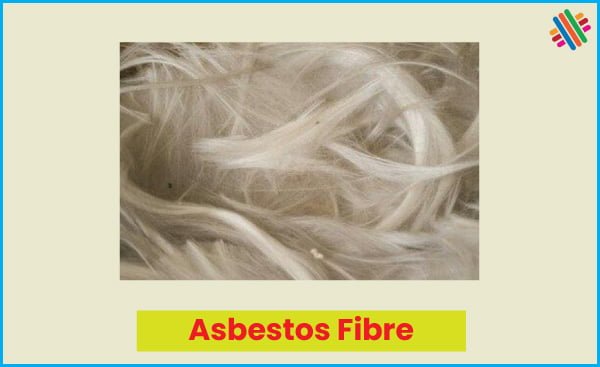
At first sight, it would appear to be a desirable product, apart from its carcinogenic nature. Nevertheless, the equipment needed for these purposes is heavy, so that its use, even without its inherent danger, should not be regarded as wholly desirable. In 1999, acrylic sulphide was touted as a replacement for asbestos, because it is tough, resistant to alkalis, non-flammable and has high tenacity. It can thus be used as a filter medium for hot gases, as a reinforcing medium for concrete and in other applications where asbestos has been considered to be the only suitable material, as in firefighter’s uniforms, foundry clothing and similar protective garments.
You may also like: Properties of Glass fibre Fabrics

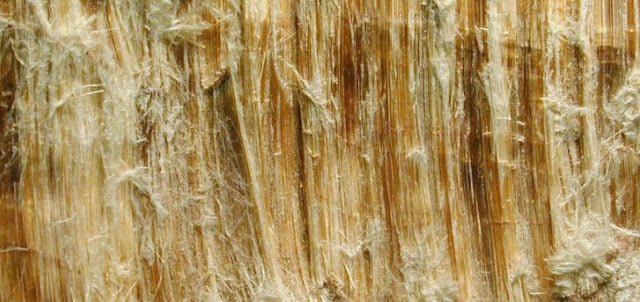

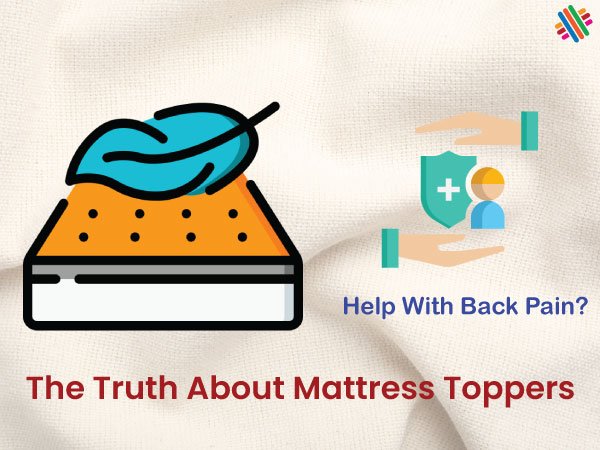
Fibre glass is obtained from the fine fibres of the glass. Fibre glass is formed from fine silica strands. Glass itself is a crystalline solid. Basically glass fibre is a polymer.
Hi there, this is fantastic posting. I must say i enjoyed. However there are tons of off topic comments. I really advise you to get rid of or something like that. That’s only my opinion. Good luck!